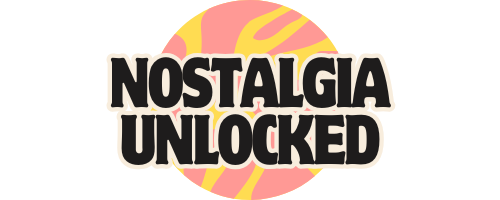7 ’70s Doctor’s Office Details That Gave Us the Creeps – And 7 That Still Make Us Nostalgic
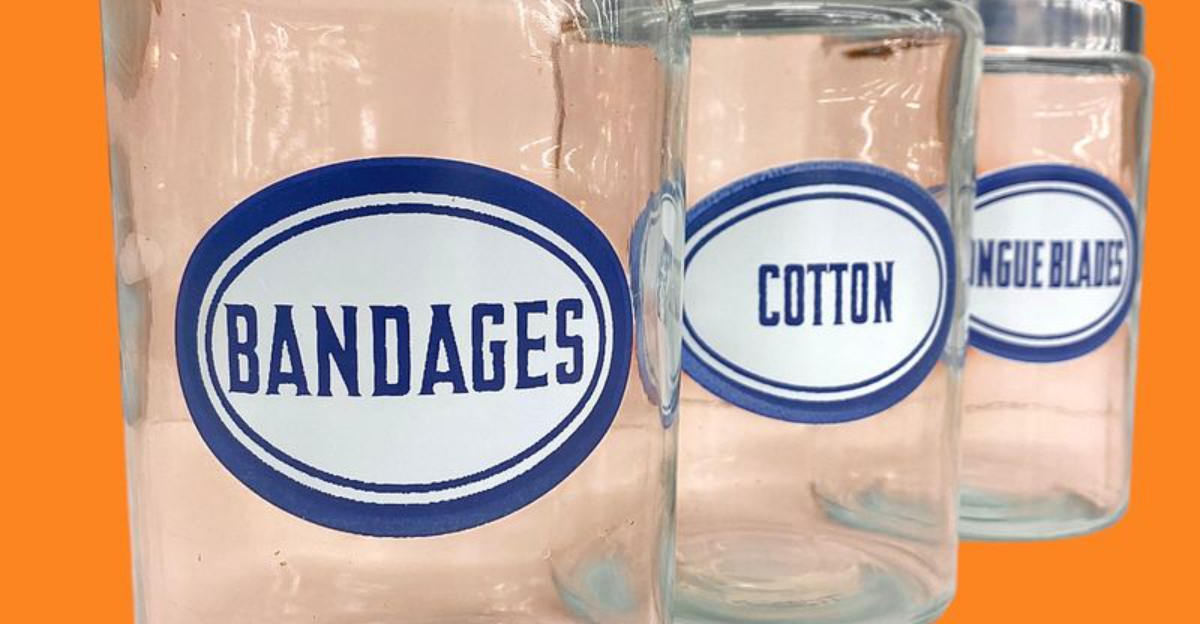
Ah, those unforgettable visits to the doctor’s office in the 1970s—what a wild ride for a kid! I remember clutching my mom’s hand like it was a life preserver as we walked into that eerie realm of cold linoleum floors, antiseptic smells, and equipment that looked straight out of a sci-fi movie.
There were jars of wooden tongue depressors that doubled as terrifying tools and lollipops waiting like little trophies for surviving the ordeal.
The chairs in the waiting room were a hideous shade of orange or green, yet somehow comforting. And those fish tanks? Hypnotic distractions while you braced for the mysterious “shot” everyone warned you about. The doctor, always in a stiff white coat, felt like both a magician and a villain.
Yet, mixed with all the anxiety were moments of kindness, stickers that felt like medals, and the comfort of mom’s reassuring grip—memories that now feel oddly magical.
1. The Dreaded Glass Syringe Cabinet
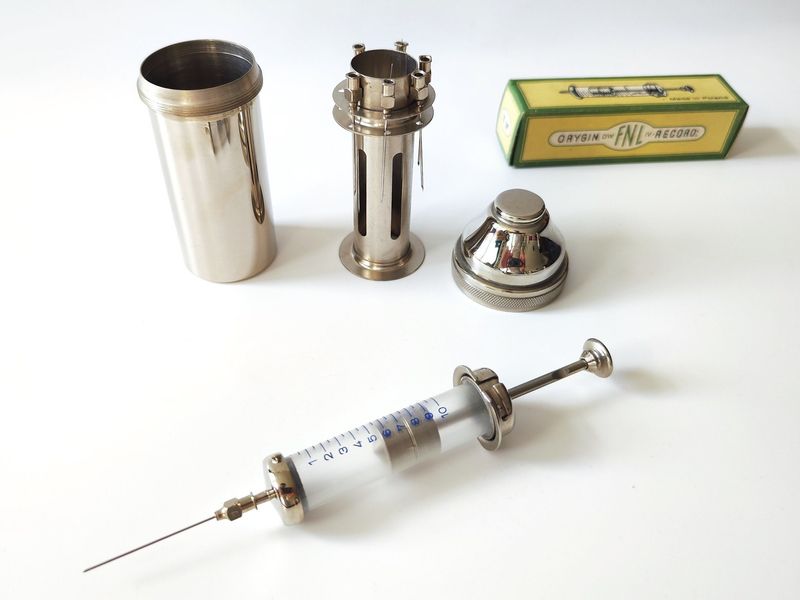
Nothing sent shivers down my spine faster than spotting that glass-fronted cabinet filled with reusable syringes. The metal and glass instruments gleamed menacingly under fluorescent lights, promising pain in my immediate future.
Mom would always say, “They don’t hurt that much,” but her reassurance fell on deaf ears when I could literally see the weapons of torture displayed like trophies. These syringes required separate needles that came in intimidating metal containers, making the whole setup look like something from a horror movie.
Unlike today’s disposable plastic versions, these glass syringes were sterilized and reused, which somehow made them seem even more sinister. I’d spend the entire appointment eyeing that cabinet nervously, wondering which size needle the doctor would choose for my inevitable doom.
2. Terrifying Tongue Depressors

“Say ahhhh” were words that triggered immediate panic in my seven-year-old heart. The doctor would reach for one of those wooden tongue depressors from a glass jar, and my taste buds would preemptively revolt against the bitter woody flavor.
These flat wooden sticks looked innocent enough, but they were the gateway to gagging and that awful feeling of something pressing down on your tongue while you struggled not to close your mouth. The texture was somehow both smooth and splintery at once, and they always seemed to scrape against the roof of my mouth.
Adding insult to injury, doctors in the ’70s seemed to keep these torture devices in plain sight – usually in clear containers right at eye level for nervous children. The anticipation was almost worse than the actual examination!
3. Blood Pressure Machines from Mars
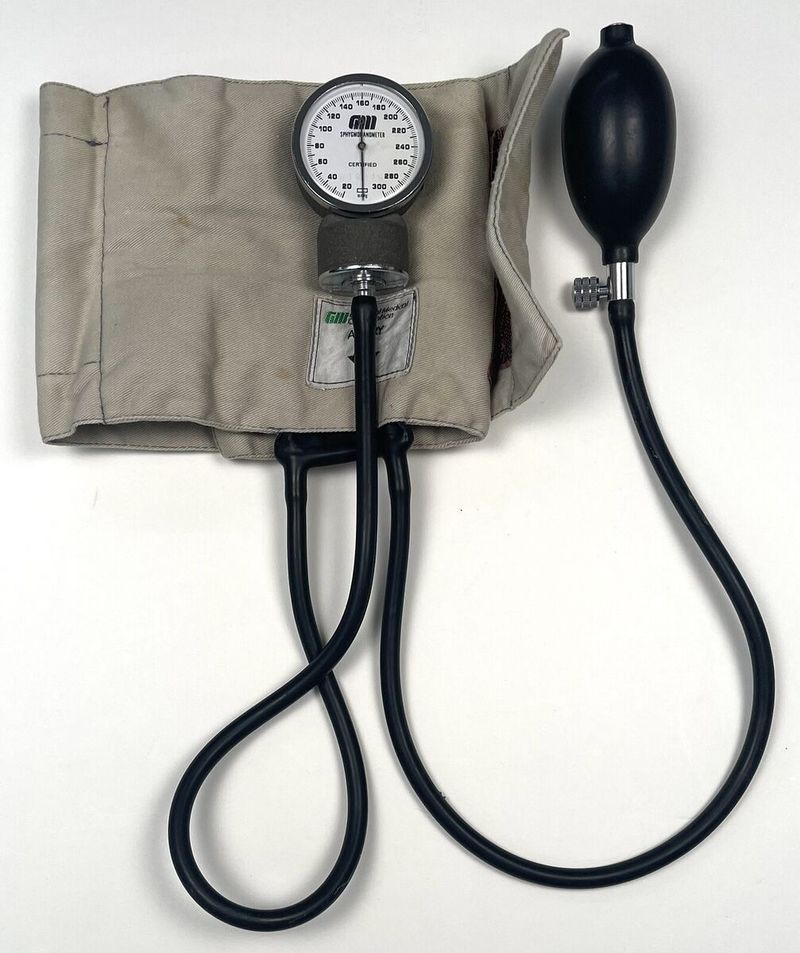
My pediatrician’s blood pressure machine looked like it belonged on a spaceship – and not in a cool way. The massive dial resembled a clock face with mysterious numbers, connected to a black rubber bulb that the doctor would squeeze mercilessly to inflate the cuff.
That cuff! Made of scratchy fabric with metal hooks, it squeezed your arm tighter and tighter until you were certain amputation was the next logical step. The slow hissing release brought relief but also anxiety as the doctor stared intently at the dial, occasionally frowning in concentration.
The whole contraption was mounted on the wall like some kind of medieval torture device. Unlike today’s silent digital versions, these sphygmomanometers (a word I couldn’t pronounce until adulthood) made ominous whooshing and clicking sounds that only heightened the drama of the moment.
4. The Examination Table Paper Roll
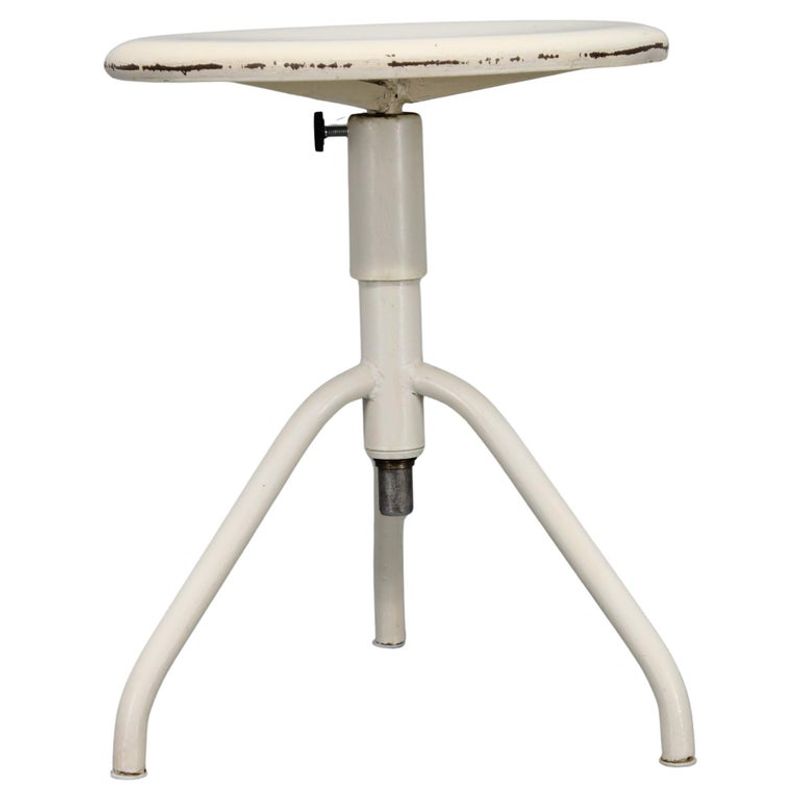
Climbing onto the examination table felt like mounting a stage for an unwanted performance. The paper crinkled loudly with every slight movement, announcing my nervousness to everyone within earshot. That thin, waxy paper served as both sanitary barrier and anxiety amplifier.
My doctor had a particular way of pulling it down from a massive roll mounted at the head of the table, tearing it with a dramatic flourish that made me jump every single time. The paper was always cold against my legs, especially when wearing those flimsy paper gowns that never seemed to close properly.
Sometimes I’d spot mysterious stains or tears in previous sections, making me wonder what horrors had transpired before my appointment. The worst part? When the paper stuck to your sweaty back as you tried to sit up, creating that embarrassing peeling sound that everyone pretended not to notice.
5. Mysterious Jars of Cotton Balls and Swabs
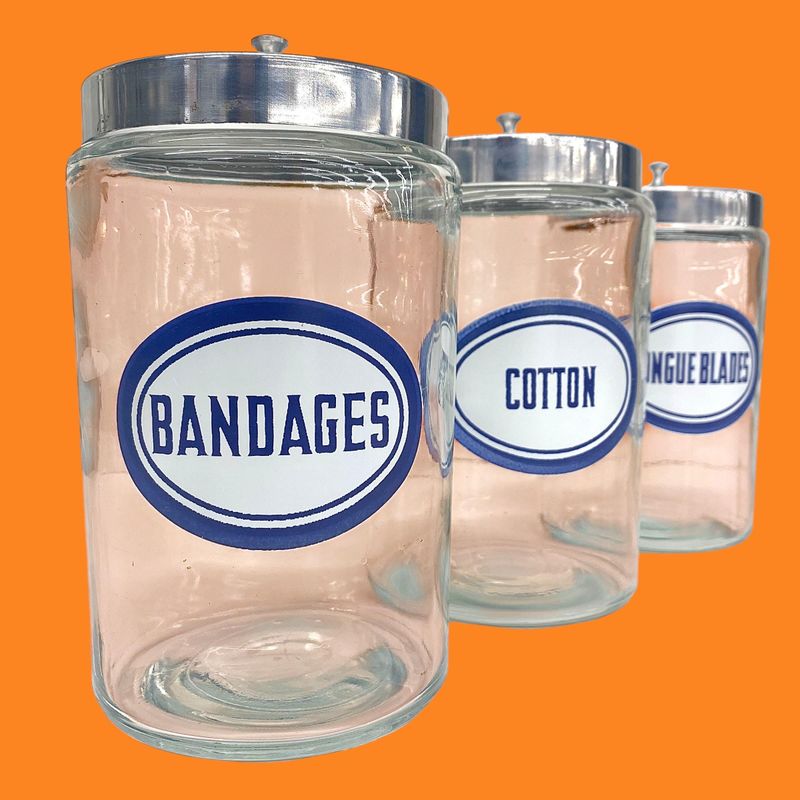
Those seemingly innocent glass jars of cotton balls and swabs gave me nightmares as a kid. Perched on the counter like scientific specimens, they promised some unpleasant procedure involving my ears, nose, or worse – an injection site.
The cotton balls looked harmless enough, fluffy white clouds in a clear container. But I knew better. They were accomplices to the alcohol bottle nearby, ready to deliver that cold, stinging sensation before the main event – usually involving a needle. The cotton swabs were even more sinister with their wooden sticks and tightly wound heads.
My doctor had this unnerving habit of casually reaching for the jar while talking about something completely unrelated, like school or my hobbies. The misdirection never worked; my eyes were locked on those cotton conspirators the moment I entered the exam room, waiting for their inevitable deployment.
6. The Mysterious Scale of Judgment
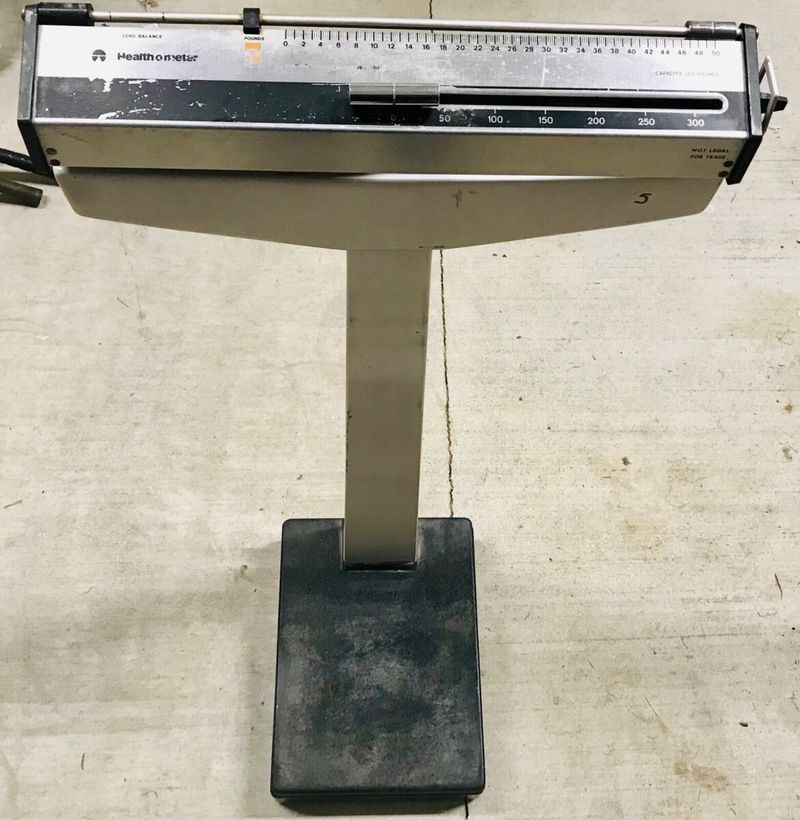
The doctor’s scale loomed in the corner like a sentinel of shame. Unlike modern digital versions, this mechanical monster had sliding weights that the nurse would adjust with dramatic sliding movements, announcing your pounds to anyone within earshot.
Standing on that cold metal platform in socks (never shoes!) while the nurse fiddled with those weights behind you was an exercise in vulnerability. The balance beam would swing wildly before settling on your fate, often accompanied by an “Hmm” from the nurse that could be interpreted a thousand different ways – none of them good.
The height measurement component featured a metal arm that would come down on your head with a clunk, making you feel like you were being measured for a bizarre hat or, worse, a medieval torture device. Why did they need to know my exact height every three months anyway? Was I suddenly going to shrink?
7. The Ominous Otoscope
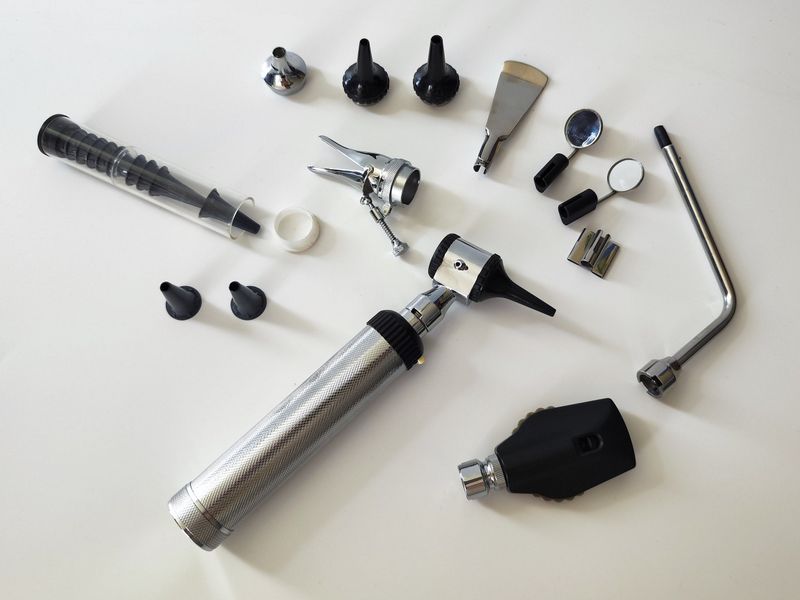
“I’m just going to look in your ears” were words that struck fear into my heart. The doctor would pull that weird ear-looking device from the wall, which somehow made a terrifying clicking sound as it transformed from stored position to weapon of ear invasion.
The otoscope’s bright light seemed unnecessarily intense, like a miniature sun designed specifically to blind you when reflected off the doctor’s glasses. And that cone-shaped attachment! It never seemed to fit comfortably, always feeling too large for my small ear canal, creating pressure that convinced me my eardrum would rupture at any moment.
The worst part was not being able to see what the doctor was seeing. “Hmm, interesting” was not a comforting phrase when someone was peering deep into your ear canal. I was certain they could somehow see my thoughts or, at minimum, judge my ear-cleaning habits with their magical light tube.
8. Friendly Lollipop Rewards

After enduring prodding, poking, and possibly a shot, nothing softened the blow like the treasure chest of lollipops. My doctor kept them in an actual wooden chest that looked like it belonged on a pirate ship, complete with a hinged lid that creaked when opened.
Unlike today’s sugar-free varieties, these were pure sugar on a stick – the good stuff that parents normally restricted. The selection process was serious business. Would I go for the reliable cherry red or branch out to mysterious purple? Sometimes I’d deliberate so long that the nurse would gently cough to hurry me along.
That sweet reward transformed the entire experience, somehow erasing the trauma of the previous thirty minutes. Walking proudly from the office, lollipop in mouth, I felt like I’d survived something truly significant. Even now, certain lollipop flavors transport me straight back to childhood bravery and those wooden tongue depressors.
9. Wood-Paneled Waiting Rooms
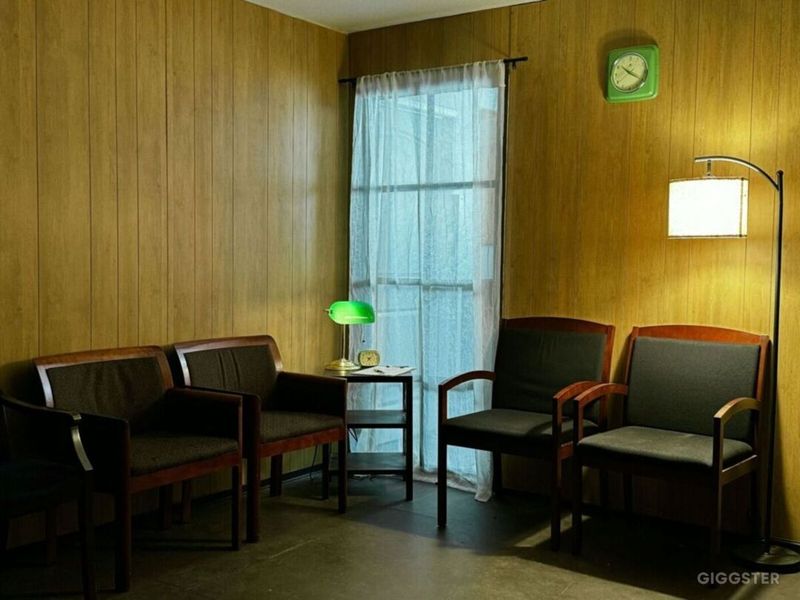
The waiting room in my childhood doctor’s office featured dark wood paneling that somehow made everything feel simultaneously cozy and slightly formal. Unlike today’s clinical white spaces, these rooms had personality – even if that personality was stuck in a 1970s time capsule.
Heavy wooden chairs with orange or avocado green vinyl cushions lined the walls, arranged in perfect rows like soldiers. The coffee table displayed dog-eared copies of Highlights magazines with most of the puzzles already completed by previous patients. A fish tank usually bubbled in the corner, providing both white noise and distraction.
Despite the anxiety of waiting for my name to be called, I found comfort in that predictable environment. The wood paneling absorbed sound, creating a hushed atmosphere where whispers prevailed. Parents would exchange knowing glances across the room when a child emerged from the examination area, either triumphant or tearful – a silent community of shared experience.
10. The Friendly Nurse’s Colorful Scrubs
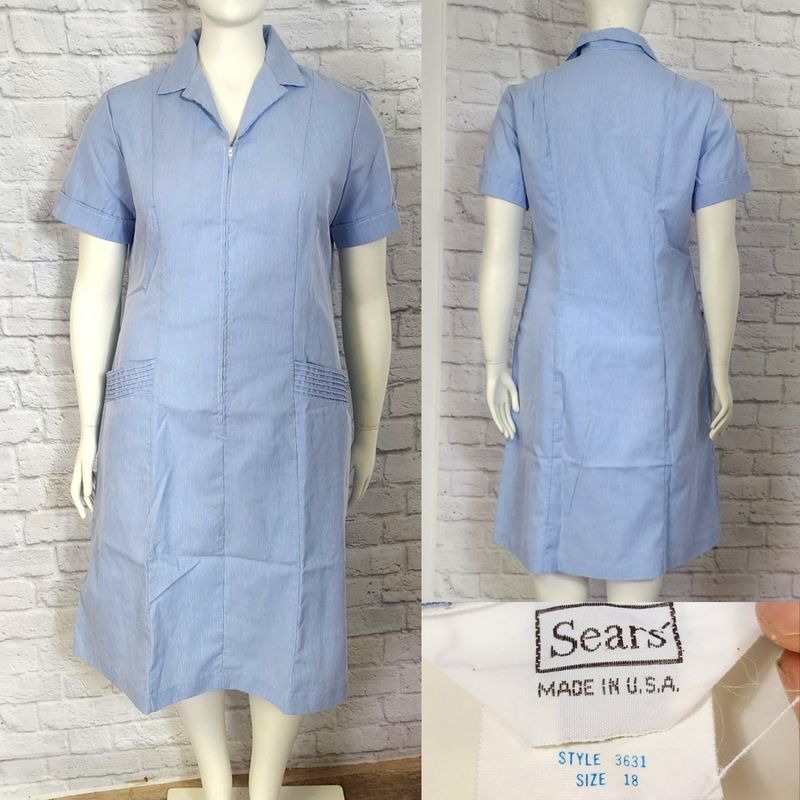
Before the era of character-printed medical wear, nurses in the ’70s sported solid-colored scrubs in the most delightful rainbow of pastels. My favorite nurse, Cindy, rotated through pink, mint green, and baby blue outfits that somehow made her seem less intimidating than the doctor in his serious white coat.
These scrubs weren’t the loose-fitting style we see today – they were more fitted, almost uniform-like, often with contrasting piping around the collar and pockets. Some nurses personalized their look with decorative pins or name badges with smiley faces, small acts of rebellion against medical sterility.
The sound of those scrubs – a slight swish-swish as nurses moved efficiently through the office – became strangely reassuring. When I heard that fabric rustling, I knew someone kind was coming, usually carrying stickers or at least a sympathetic smile that said, “The doctor will be quick, I promise.” Their colorful presence brightened otherwise nerve-wracking visits.
11. Rotary Phones and Appointment Cards

The receptionist’s desk featured a beige rotary phone that fascinated me endlessly. She’d cradle it between shoulder and ear while writing appointments in a massive book, multitasking in a way that seemed magical before the digital age.
After each visit, we’d receive an appointment card – a small, colorful rectangle that mom would carefully tuck into her purse. These cards were filled out by hand in perfect penmanship with date, time, and doctor’s name, often on carbon paper so both office and patient had a copy. The receptionist would pull out a date book with tiny squares representing time slots, consulting it with serious concentration before declaring, “We can fit you in on the 15th at 2:30.”
There was something reassuringly tangible about this system – no emails, no texts, just paper proof of your next medical fate. I loved watching the receptionist’s efficient movements, spinning the phone dial and writing simultaneously, orchestrating the office’s rhythm with analog precision.
12. Educational Flip Charts
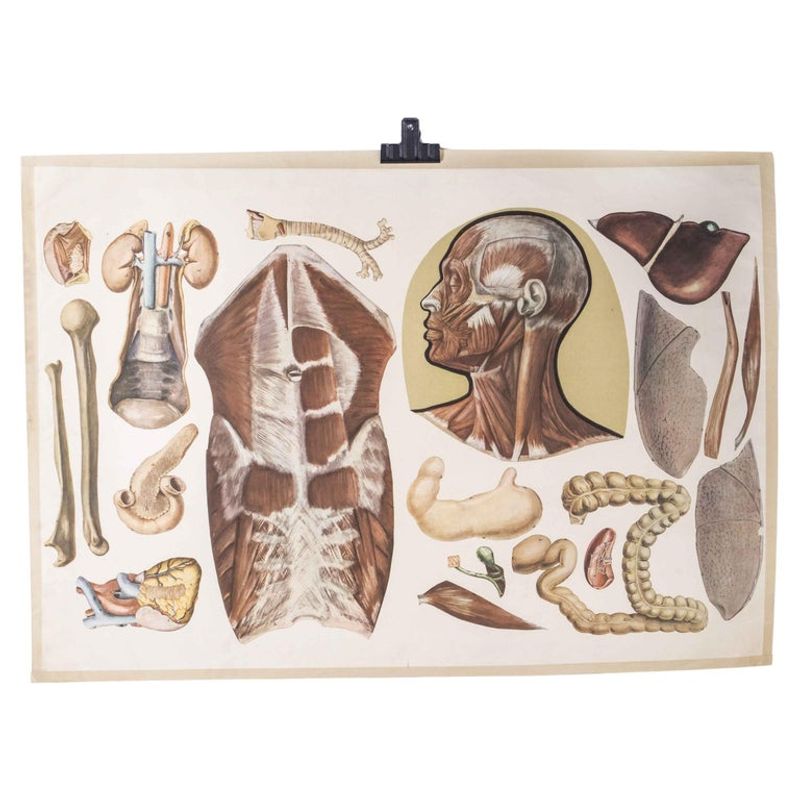
Before PowerPoint presentations and YouTube videos, doctors explained medical concepts using remarkable flip charts. These oversized books featured colorful, slightly unsettling anatomical illustrations that the doctor would dramatically reveal, page by page.
My pediatrician had a particularly memorable respiratory system chart with lungs that changed from healthy pink to sickly gray as he flipped through smoking consequences. The human body illustrations were detailed enough to be educational but cartoonish enough not to terrify children – though the digestive system chart with its winding intestines did give me nightmares.
These charts were displayed on special stands that could be wheeled around the examination room for optimal viewing angles. The doctor would tap important areas with a pen while explaining concepts far beyond my comprehension. I’d nod seriously, pretending to understand while actually being mesmerized by the slightly outdated artistic style – somewhere between medical textbook and Saturday morning cartoon.
13. The Comforting Prescription Pad
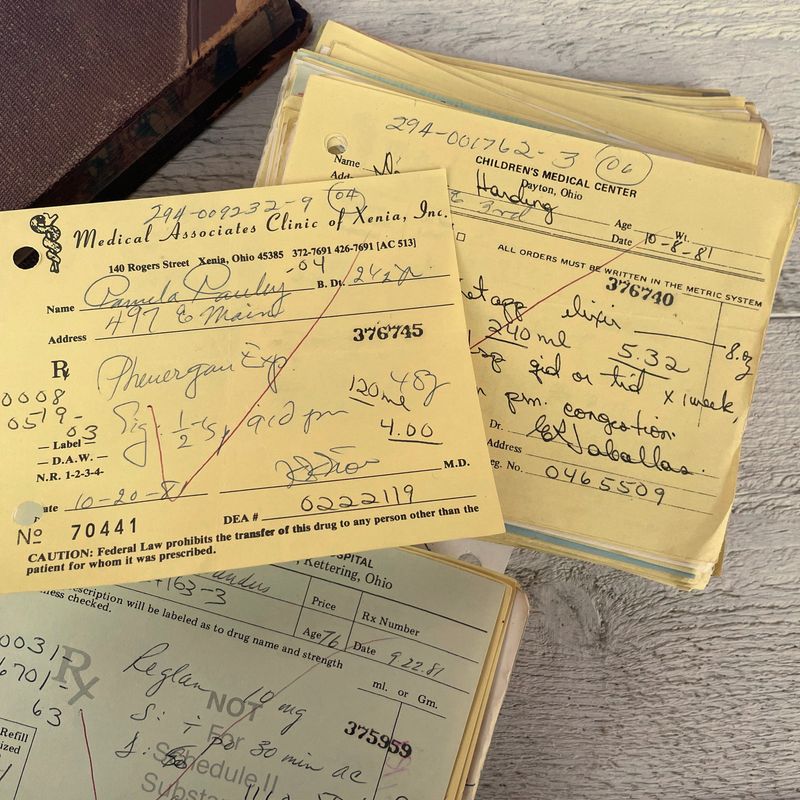
The doctor’s prescription pad represented hope in paper form. After all the poking and prodding, seeing him reach for that pad meant solutions were forthcoming – medicine that would make everything better.
These pads were smaller than standard paper, usually with the doctor’s name pre-printed at the top in official-looking script. I was fascinated by the doctor’s handwriting – those mysterious symbols and abbreviations that somehow translated to specific medications at the pharmacy. The dramatic flourish of the signature at the bottom seemed like a magical incantation that would activate the healing properties.
The tearing sound as the doctor ripped the prescription from the pad signaled the appointment was nearly over – freedom was near! He’d fold it precisely before handing it to my mother with instructions that seemed unnecessarily complicated to my young ears. That small paper rectangle held such authority that even pharmacists – impressive professionals in their own right – would obey its cryptic commands.
14. Classic Anatomy Posters
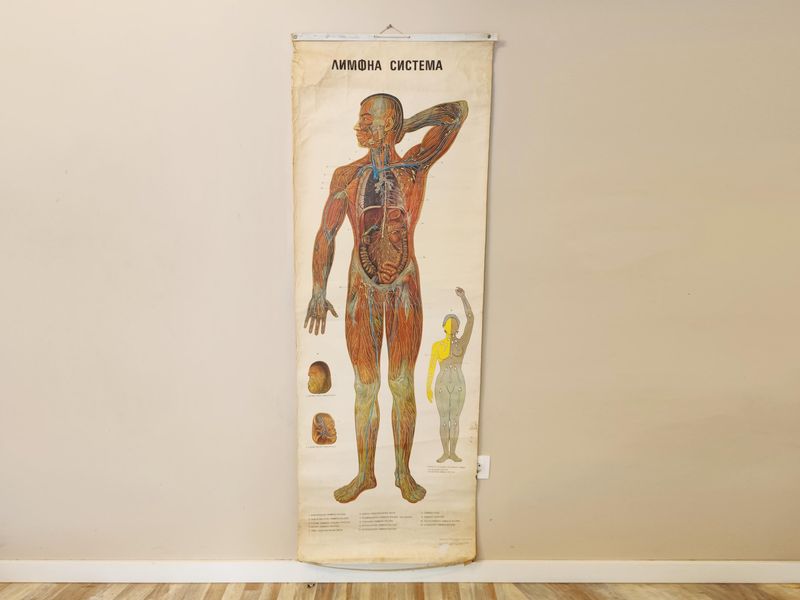
Every exam room featured at least one detailed anatomy poster that I’d stare at intensely while waiting for the doctor. My favorite showed a transparent human with all organs visible – a person made entirely of secrets revealed.
These educational masterpieces were printed on thick, slightly glossy paper that yellowed at the edges over time. The colors were vivid yet somehow clinical – healthy pink lungs, ruby red heart, and that mysterious green gallbladder I couldn’t quite understand the purpose of. Some posters featured multiple layers that could be lifted to reveal deeper structures, though these were usually mounted too high for curious children to reach.
I’d invent stories about the expressionless transparent people in these posters while waiting nervously for my examination. Were they volunteers who allowed artists to see through their skin? Did they miss their privacy? These silent medical models became familiar friends during childhood illnesses, teaching me anatomy basics long before formal education.
